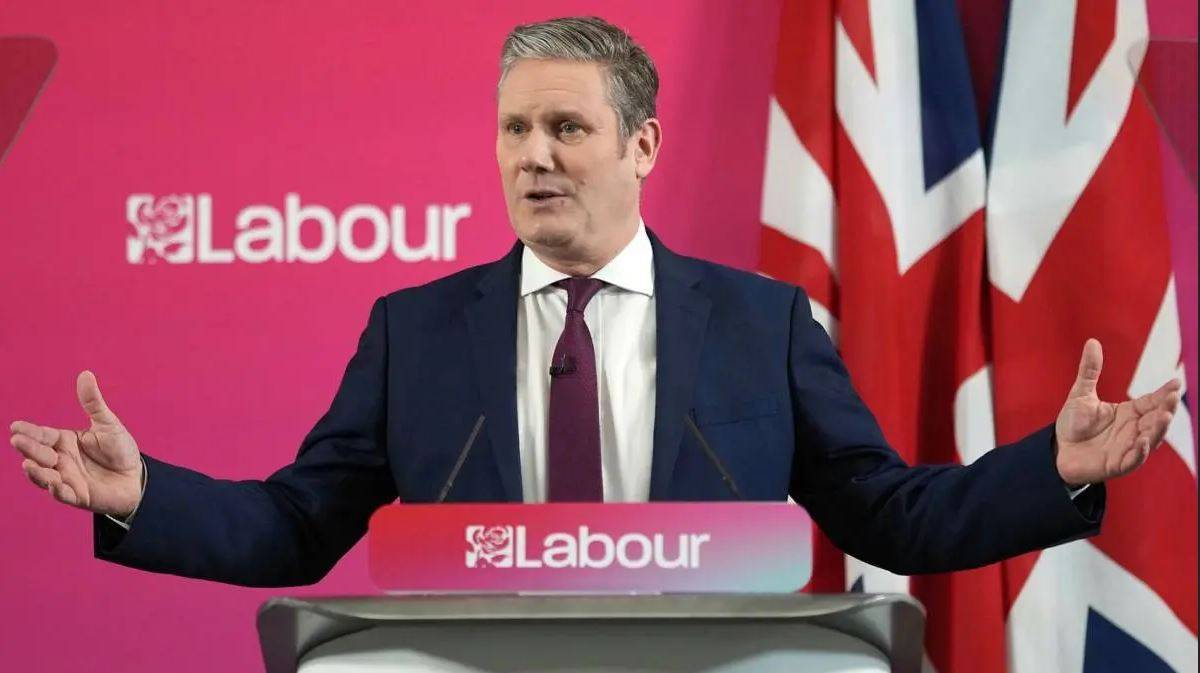1175 Views
Starmer’s High-Wire Act: Can Labour Survive Its Own Austerity?
In recent years, the United Kingdom has faced a relentless series of economic challenges. While the Bank of England’s policies have occasionally succeeded in fostering limited growth, the government remains far from achieving its 2% inflation target. Global instability, the war in Ukraine, and ongoing trade conflicts continue to compound the problem.
The Labour government’s upcoming Autumn Budget is expected to shed light on its true economic strategy. Although its rhetoric centers on “supporting employment and reviving growth,” the reality is less promising. Mounting debt and fiscal constraints are likely to force yet another round of austerity. In other words, Starmer’s government has little choice but to squeeze both citizens and the welfare system further.
To close the widening fiscal gap, the government is eyeing tax increases and structural reform of the tax system. The 2025 Autumn Budget will have to strike a delicate balance—raising revenue without fueling inflation. Economists expect a wave of indirect adjustments or “stealth hikes,” meaning the state will quietly increase revenues by freezing tax thresholds so that rising wages automatically push more people into higher tax brackets. Meanwhile, potential changes to inheritance and capital gains taxes could bring in additional income. These proposals have historically sparked public outrage and protests in both England and Scotland, and it remains to be seen whether Labour will risk another political gamble.
For corporations, the focus will remain on attracting investment and boosting productivity, but modest tax hikes for large firms and investors are still possible. Although Starmer’s team insists that key rates—such as income and value-added tax—will stay untouched, efforts to plug the fiscal hole have already put pension, energy, and small business incentives under review. The unspoken goal is to raise funds without openly stifling growth, yet experts warn that such measures could discourage private investment and curb short-term consumption, weighing heavily on overall economic expansion.
On the spending side, the government faces a dual challenge: keeping day-to-day costs in check while investing in infrastructure to spur growth. This means that pressure on public services—especially health, education, and housing—will persist. The middle class and vulnerable populations will continue to bear the brunt of austerity. While London promises more funding for “strategic projects” such as railway expansion, green energy infrastructure, and defense modernization, fiscal limitations make full implementation unlikely. Any increase in capital spending will likely be offset by cuts or freezes elsewhere.
To sustain long-term development, the government plans to attract private investment into housing and technology through public-private partnerships and targeted tax relief for foreign investors. While this strategy could strengthen future productivity, economists warn that in the short run it risks draining liquidity from the public sector.
Overall, the Autumn Budget seems designed to stabilize rather than stimulate the economy—a cautious, decade-long plan for sustainable growth rather than a quick fix for the current crisis. However, Britain’s economic wounds remain deep, and with inflation unlikely to hit the 2% target before the end of 2026, public frustration will likely persist.
The UK labor market remains paradoxical: high employment but stagnant real wages. Inflation and rising living costs have eroded purchasing power, making households cautious with spending. Meanwhile, energy and housing expenses remain significantly above pre-2022 levels, pushing many families deeper into debt. Although the government has pledged energy subsidies and a higher minimum wage for low-income households, these efforts will likely only soften—not solve—the problem. Analysts predict that by late 2026, declining interest rates and energy prices may finally restore positive real income growth.
Ultimately, the Starmer government’s fiscal roadmap reflects immense political pressure. It must balance deficit reduction with social stability and economic recovery—all while preparing for the next election. With far-right movements gaining ground across Europe and Britain, any misstep could give them a crucial opening. The stakes are high: if Labour fails to communicate its long-term vision convincingly, Britain could once again drift toward populism and economic uncertainty.
Translated by Ashraf Hemmati from the original Persian article written by Amin Mahdavi
Budget Predictions | Autumn Budget 2025 - BDO
Monthly Economic Review - November 2025 | Insights | UK Finance
UK growth forecast upgraded to 1.5% for 2025 | EY - UK

Comment
Post a comment for this article